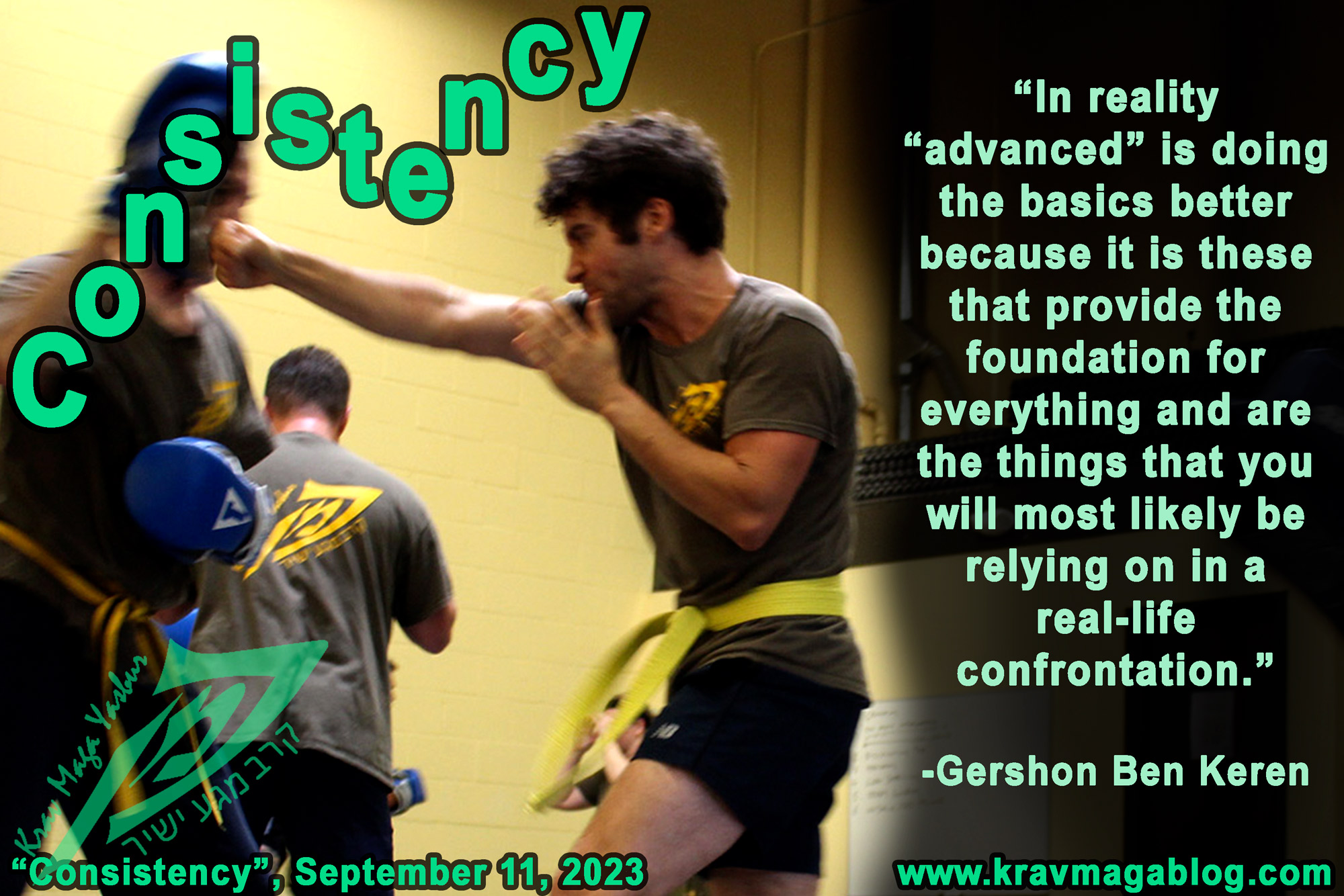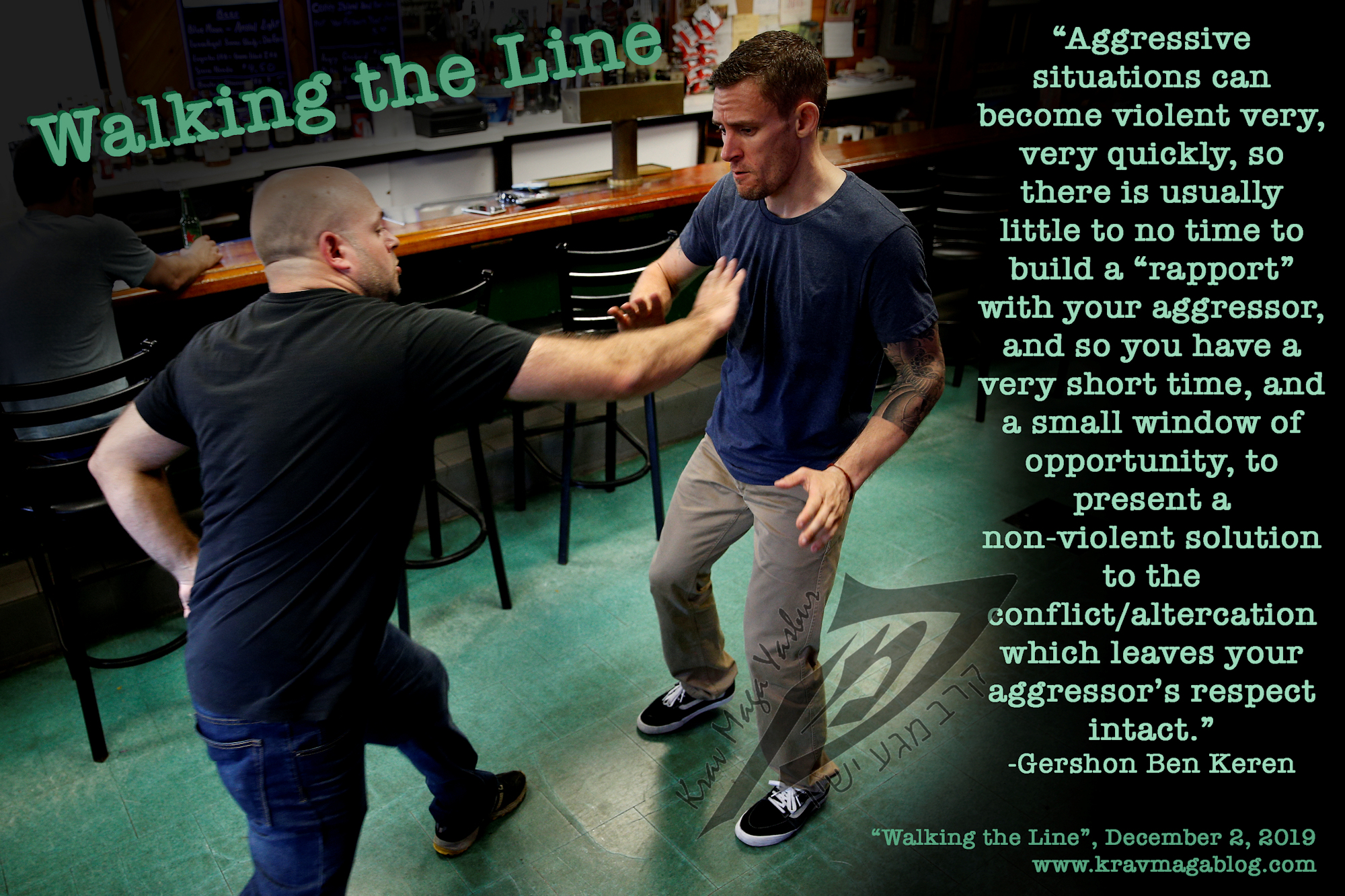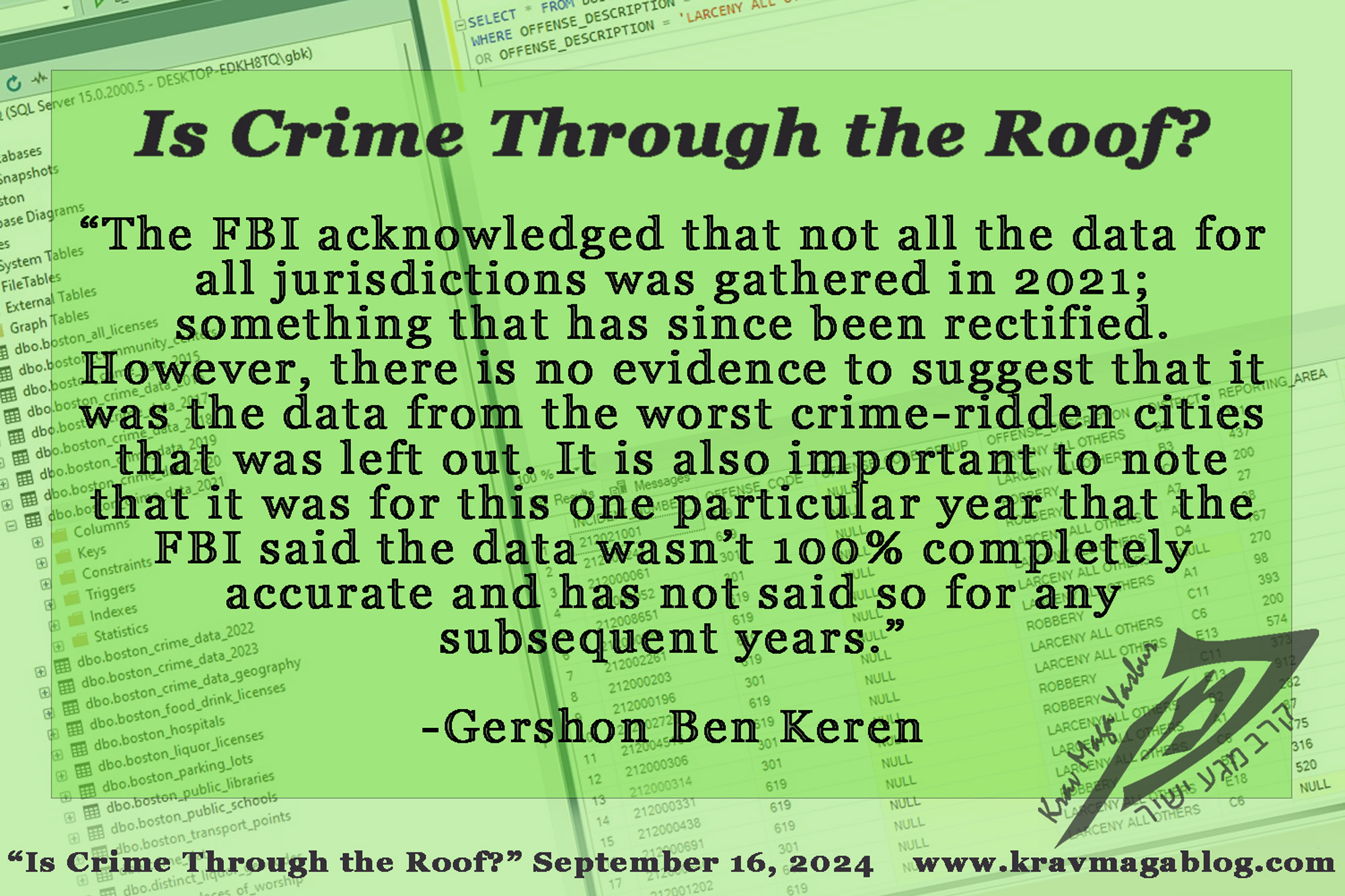Strike Phase, is an article written by Gershon Ben Keren, a 5th Degree Black Belt in Krav Maga, who teaches Krav Maga in Boston, MA. He has also authored three Amazon best-Selling Books on Krav Maga.
The fifth, and final, stage in the predator process that I have been detailing over the previous week’s articles is the strike or attack phase where the attacker(s) makes their move to use violence against you, which is why it has to be preceded by them first synchronizing their movement with you (the previous stage). In professional surveillance, synchronization usually occurs as a means to gather information, however in non-professional settings it is normally/usually the prelude to the attack/strike phase. Acknowledging awareness of this may be your last opportunity for deterrence, as by demonstrating that you are aware that your potential assailant has an interest, you remove their advantage of surprise. Acknowledgment of their presence will also send another clear message to your attacker, and that is you are not afraid, nor feel too socially awkward to confront them. Assailants are always looking to confirm that they have selected the “right” target, and so appearing unaware and non-confrontational will send a loud and clear message that they have the right person. Trying to justify to yourself reasons why not to communicate to an assailant that you are aware that they are in the attack/strike phase, such as telling yourself that letting them know would only escalate things further - things have already escalated to the point where somebody is looking to attack you! - or that you need to get into a better place and position to deal with them physically, or lure them somewhere else (like Jason Bourne would do) etc., are simply exercises in denial and discounting, that look to delay and put off the inevitable. Simple things such as turning and making eye-contact with someone who is following you, and then changing direction is often enough to interrupt an assailant when they are entering the strike phase; doing this at a time when you have an opportunity to cross a busy road can be a simple way to create a disengagement opportunity and slow down their decision-making processes.
There are three main methods that an attacker(s) can use in the strike phase. These are:
- Blitzing
- Ambushing, &
- Grooming
Basically, Blitzing is used to overwhelm you, Ambushing is used to surprise you, and Grooming is used to take control of the situation away from you. An attack might have components of the three styles, so it would be simplistic to say that every assault falls neatly into one of these three categories e.g., an assailant might engage you in a conversation where they get you to start giving up control of a situation to them before engaging in an ambush. An example of this using all five phases of the model could be as follows: A male sexual predator goes to a bar to engage in a “Target Search”, where women who fit his victim profile (age, socio-economic class etc.) can be found. He then selects a target who he believes is likely to acquiesce to his demands and not fight back. He may observe that when people accidentally bump into her or move her bag off the bar stool next to her etc., that she is overly-apologetic; taking blame for things that aren’t her fault in order to avoid any type of confrontation. He observes her (Surveillance) for a time to confirm his selection, surreptitiously target-glancing, and/or going to the bathroom (changing his Observation Point(s)) so it’s not so apparent that he has an interest in her. After awhile, checking that it is likely, with enough time passed, that she is on her own, he walks over to the bar stool next to her (Synchronization of Movement) and sits down. At this point he is not going to physically assault her but instead use the three methods verbally first. In the conversation with her, he will engage in grooming (getting her to trust him and start handing over control of the situation to him, such as letting him decide what they are drinking etc.), he may also use “Blitzing” in the conversation, overwhelming her with irrelevant details that she’s unable to process and that are aimed at distracting her from his real motive. Eventually, he ambushes her, by saying that they should move to another bar etc., creating the opportunity for a physical attack.
Of course, somebody can choose after synchronizing their movement to physically Blitz you by walking up to you and then throwing – without warning – a barrage of punches etc., in the UK gangs of young people, engaging in recreational violence, will often, after getting drunk/high, leave their neighborhood searching for a target to stab. After following or approaching somebody etc. they may simply attack them without saying a word. Waltham, Massachusetts, was plagued during the Autumn of 2020, by an unprovoked attacker who would look for potential victims to stab or hit with a blunt object etc. There was no verbal warning to these attacks, as they were designed to simply overwhelm the target. Other predatory individuals may use a physical ambush to catch somebody by surprise, such as approaching somebody asking for the time, and then pulling a weapon and demanding their wallet etc.
The strike phase is where the predator makes some form of contact with the individual they have targeted; this can be verbal or physical. It is important to remember that this “contact” is different to that made in a social/spontaneous conflict, where the dispute is over some external factor that has triggered the other party’s aggressive response e.g., such as having a drink spilt over them etc. The contact in this process is planned with the goal of either physically or verbally, overwhelming, surprising and/or controlling the target.
0 COMMENTS
















